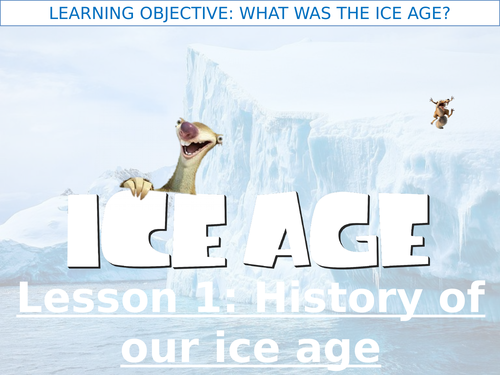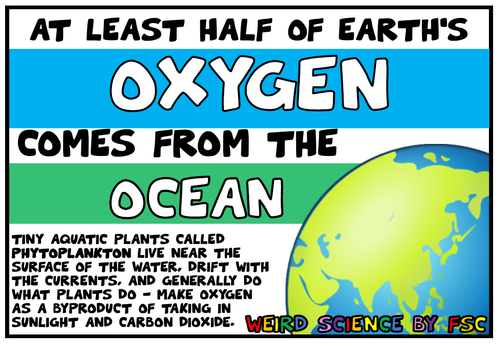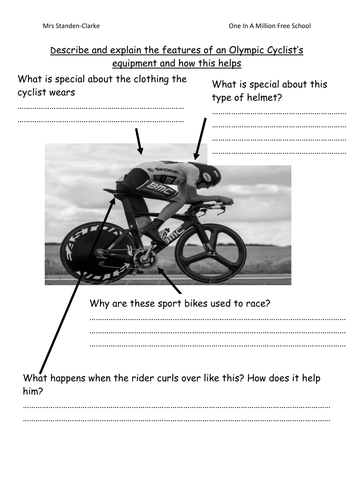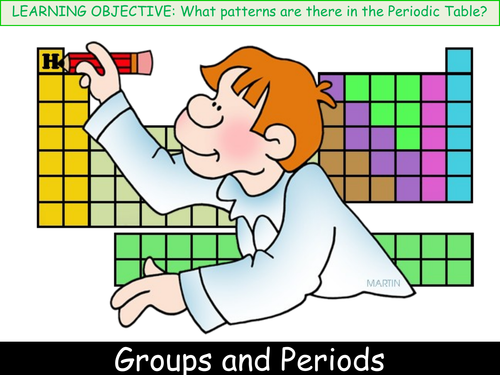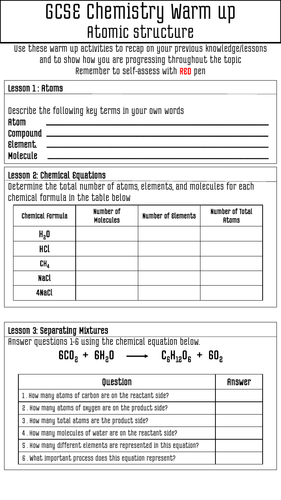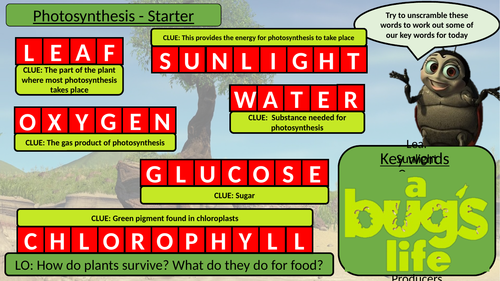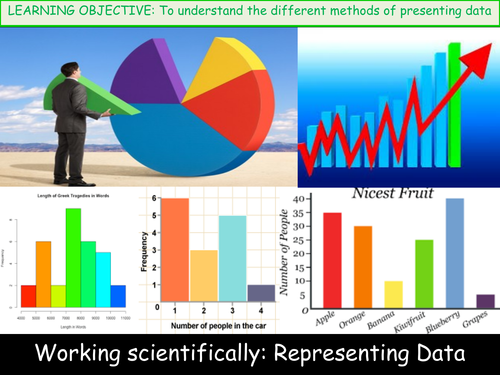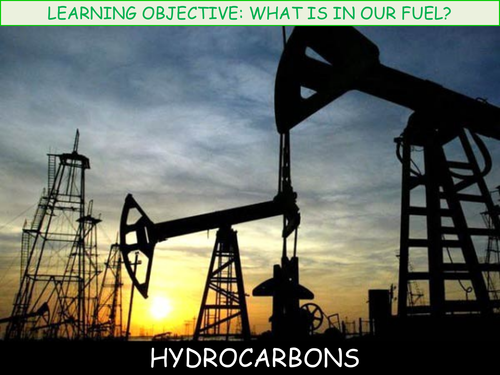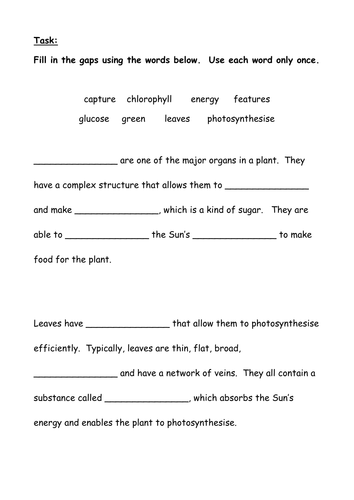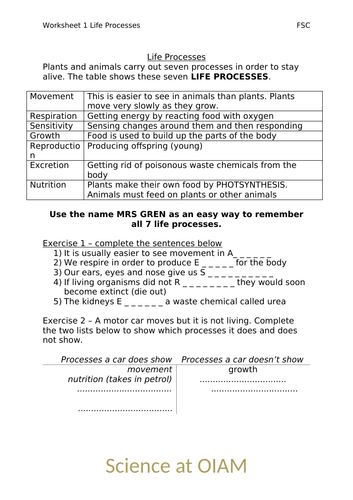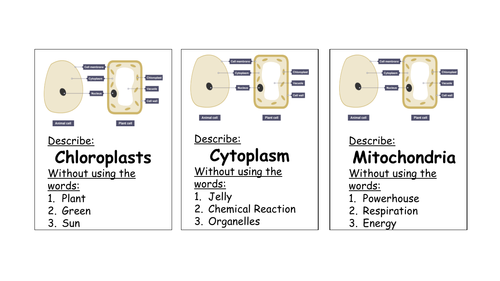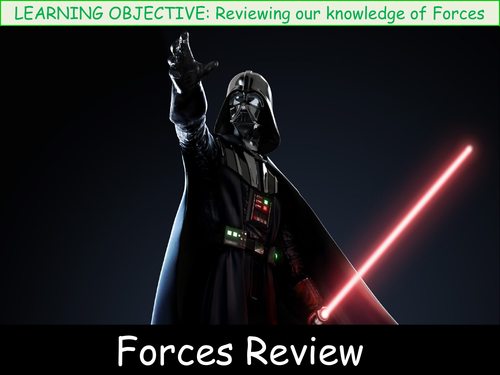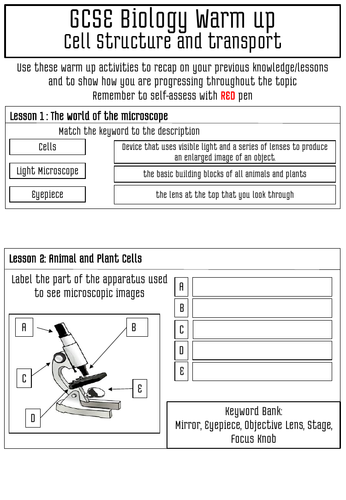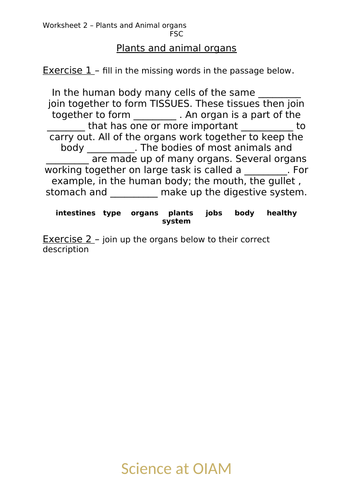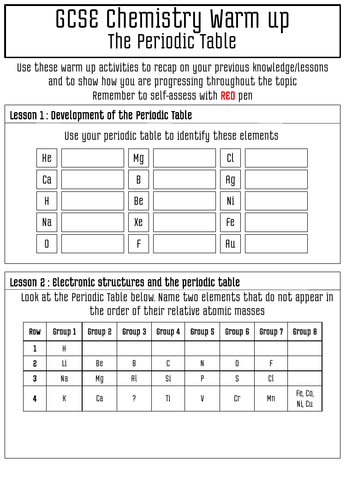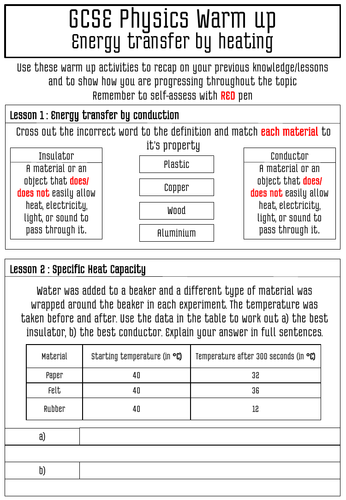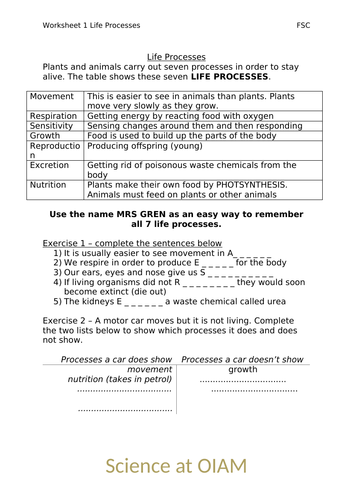
45Uploads
36k+Views
17k+Downloads
All resources

Weird Fact Science Posters Pack 2 - 15 POSTERS INCLUDED
Inspire your students with weird and wacky science facts. These can be used as a simple display or a starting discussion point if you wish. these are suitable for all ages but geared towards 11-16.
The document is formatted to print at A4.
All feedback is greatly appreciated.
More Poster packs are currently being designed.
PACK 1 AVAILABLE HERE:https://www.tes.com/teaching-resource/weird-fact-science-posters-pack-1-15-posters-included-11963275

Ice Age - What was the Ice Age?
This is the first lesson in an Ice Age theme designed for Winter Whole School Cross Curriculum
Include film clip, group activities and scientific enquiry to really engage your learners

Weird Fact Science Posters Pack 1 - 15 POSTERS INCLUDED
Inspire your students with weird and wacky science facts. These can be used as a simple display or a starting discussion point if you wish. these are suitable for all ages but geared towards 11-16.
The document is formatted to print at A4.
All feedback is greatly appreciated.
INCLUDES 15 Posters
More Poster packs are currently being designed.
Pack 2 AVAILABLE HERE: https://www.tes.com/teaching-resource/weird-fact-science-posters-pack-2-11963854

Drag Forces and Friction Supporting Worksheet
Complementary worksheet to ideas on drag forces and friction - challenges students to think about the design of the equipment and the reasons why, alongside supporting students into giving suitable answers

C2 Chapter 1.2 Activate 2 Group and Periods
This is the second lesson in the Periodic Table topic of Activate 2, directed at a mixed ability Yr 8 Science class with EAL activity and picture clues to support.
The presentation includes a super challenge questions, support and extension tasks on all relevant slides. collaborative learning opportunities.
All worksheets, scaffolded questions and challenging sections to stretch higher ability students are included in the PPT
Success Criteria:
The state the difference between a group and a period in the table of elements
Use patterns to predict properties of elements
Compare patterns in properties in group and elements
Please rate and comment on what you find useful so I can alter my lessons in future.
Many thanks

C1 Atomic Structure Starter/Warm up
Starter activities for the entire topic of C1 GCSE chemistry (AQA)
Sub topics include:
Atoms
Chemical Equations
Separating Mixtures
Fractional Distillation and Paper Chromatography
History of the atom
Structure of the atom
Ions, atoms and isotopes
Electronic structures
Resources produced to use the starter as a recap from the previous lesson.
Suitable for a catch up resource, or GCSE revision.

Activate 2 Lesson 1 Photosynthesis
There is a full lesson , with PowerPoint covering photosynthesis
Levelled objectives are as follows:
•To state the substances needed for photosynthesis
•To describe the process of photosynthesis
•To be able to recall the word equation for photosynthesis
•To describe the process of photosynthesis in detail
•To suggest reasons why photosynthesis would or would not occur
This Document includes resources and learning activities with answers embedded and fully animated into the powerpoint slides. These activities include but not limited to card sorts (included) whiteboard activities - paired work, and literacy tasks
This lesson is also set in the theme of A Bug’s Life.

Working Scientifically: Representing Data
This is the second lesson in the Working Scientifically topic of Activate 2, directed at a mixed ability Yr 8 Science class.
The presentation includes a challenge question, support and extension tasks on all relevant slides. collaborative learning opportunities.
Success Criteria
To identify different methods of presenting data.
To plot bar charts and/or frequency diagrams accurately.
To plot scatter diagrams or line graphs accurately.
Please rate and comment on what you find useful so I can alter my lessons in future.
Many thanks

Lesson 1 Crude Oil and Hydrocarbons
This is the first lesson in the Crude Oil topic of Trilogy GCSE Chemistry, directed at a low ability Yr 11 Science class.
The presentation includes support and extension tasks on all relevant slides. collaborative learning opportunities.
A worksheet includes a worked example and scaffolded questions
Learning Outcomes:
To describe what a crude oil is made up of
Suggest a suitable formula rule for a hydrocarbon
Use formula rules to workout the number of atoms
Please rate and comment on what you find useful so I can alter my lessons in future.
Many thanks

Activate 2 B2.2 Leaves
There is a full lesson , with PowerPoint covering photosynthesis
Levelled objectives are as follows:
•To describe the adaptations of leaves
•To explain the function of the different parts of a leaf
•To evaluate the structure of a leaf as regards to the function of each part
This Document includes resources and learning activities with answers embedded and fully animated into the powerpoint slides. These activities include but not limited to card sorts (included) whiteboard activities - paired work, and literacy tasks
This lesson is also set in the theme of A Bug’s Life.

Working Scientifically: Using data in tables
This is the first lesson in the Working Scientifically topic of Activate 2, directed at a mixed ability Yr 8 Science class.
The presentation includes a challenge question, support and extension tasks on all relevant slides. collaborative learning opportunities.
A worksheet including an outline of a suitable table to scaffold those who will struggle with the drawing speed or EAL
Success Criteria:
To identify the most important aspects of a results table.
To understand how to organise data in a table format.
To analyse the data and suggest improvements.
Please rate and comment on what you find useful so I can alter my lessons in future.
Many thanks

Life Processes worksheet - SEN
The aim of this resource is to provide complete revision of the topic “Life Processes” for KS3 Science; which is suited to/ aimed at lower abilities in particular.
This sheet provides pupils with the key facts of a topic and also contains one or more short exercises which have been designed to check pupils’ knowledge and understanding.
This sheet can be used in a number of ways:
to provide quality classwork and homework materials
for end of topic revision
to provide pupils with key facts of a topic they have missed

Cell Organelle Guess who
Students describe an organelle without using certain words to other students to guess. This can be used in whole class situation, or in small groups.
These are designed to be cut out and used in a Yr7 lesson however these could be used to refresh KS4 knowledge or supporting EAL learners.

Force Review Activate 1 P1 Forces
This is the review lesson in the Forces topic of Activate 1, directed at a mixed ability Yr 7 Science class.
Can be used as a DIRT activity
The presentation includes a challenging question, support and extension tasks on all relevant slides. collaborative learning opportunities.
A worksheet document includes levelled questions and challenging section to stretch higher ability students.

B1 Cell Structure and Transport Starters/Warm Ups
Starter activities for the entire topic of B1 GCSE Biology (AQA)
Sub topics include:
The world of the microscope
Animal and Plant Cells
Eukaryotic and Prokaryotic
Specialisation in cells
Diffusion
Osmosis
Osmosis in Plants
Active Transport
Exchanging Materials
Resources produced to use the starter as a recap from the previous lesson.
Suitable for a catch up resource, or GCSE revision.

Plant and animal organs
The aim of this resource is to provide complete revision of the topic “Plant and Animal organs” for KS3 Science; which is suited to/ aimed at lower abilities in particular.
This sheet provides pupils with the key facts of a topic and also contains one or more short exercises which have been designed to check pupils’ knowledge and understanding.
This sheet can be used in a number of ways:
to provide quality classwork and homework materials
for end of topic revision
to provide pupils with key facts of a topic they have missed

C2 Chemistry GCSE AQA starter Warmups
Starter activities for the entire topic of C2 GCSE Chemistry (AQA)
Resources produced to use the starter as a recap from the previous lesson.
Suitable for a catch up resource, or GCSE Chemistry revision
Topics C2.1 - C2.5 covered

P2 Physics starters/Warmups
Starter activities for the entire topic of P2 GCSE Physics (AQA)
Topics included
Energy transfer by conduction
Specific Heat Capacity
Heating and Insulating Buildings
Resources produced to use the starter as a recap from the previous lesson.
Suitable for a catch up resource, or GCSE Physics revision

Year 5: Human life cycle
A resource for KS2, Year 5, to explore the stages of the human life cycle. Fully differentiated with Achieve, Build and Challenge tasks as well as plenty of formative assessment opportunites surrounding the keywords.

Life Processes worksheet - Low Ability
The aim of this resource is to provide complete revision of the topic “Life Processes” for KS3 Science; which is suited to/ aimed at lower abilities in particular.
This sheet provides pupils with the key facts of a topic and also contains one or more short exercises which have been designed to check pupils’ knowledge and understanding.
This sheet can be used in a number of ways:
to provide quality classwork and homework materials
for end of topic revision
to provide pupils with key facts of a topic they have missed


